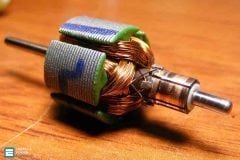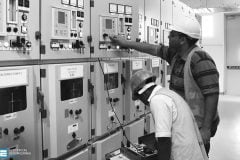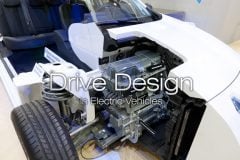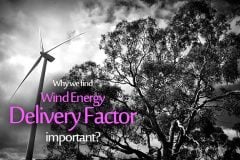When Wind Blows…
Does the wind blow hard and consistently enough at my site to make a small wind turbine system economically worthwhile? That is a key question and not always easily answered.
The wind resource can vary significantly over an area of just a few miles because of local terrain influences on the wind flow. Yet, there are steps you can take that will go a long way towards answering the above question.
As a first step, wind resource maps can be used to estimate the wind resource in your region. The highest average wind speeds in the United States are generally found along seacoasts, on ridgelines, and on the Great Plains; however, many areas have wind resources strong enough to power a small wind turbine economically. The wind resource estimates on this map generally apply to terrain features that are well exposed to the wind, such as plains, hilltops, and ridge crests. Local terrain features may cause the wind resource at a specific site to differ considerably from these estimates.
More detailed wind resource information, including the Wind Energy Resource Atlas of United States, published by the U.S. Department of Energy (DOE), can be found at the National Wind Technology Center, and the DOE Windpowering America.
Another way to indirectly quantify the wind resource is to obtain average wind speed information from a nearby airport. However, caution should be used because local terrain influences and other factors may cause the wind speed recorded at an airport to be different from your particular location.
Airport wind data are generally measured at heights about 20–33 ft (6–10 m) above ground.
Average wind speed
Average wind speeds increase with height and may be 15%–25% greater at a typical wind turbine hub-height of 80 ft (24 m) than those measured at airport anemometer heights. The National Climatic Data Center collects data from airports in the United States and makes wind data summaries available for purchase.
Summaries of wind data from almost 1000 U.S. airports are also included in the Wind Energy Resource Atlas of the United States (see For More Information). Another useful indirect measurement of the wind resource is the observation of an area’s vegetation. Trees, especially conifers or evergreens, can be permanently deformed by strong winds. This deformity, known as “flagging,” has been used to estimate the average wind speed for an area.
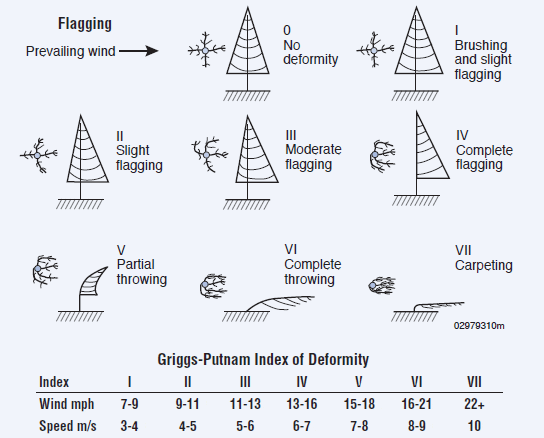
Direct monitoring by a wind resource measurement system at a site provides the clearest picture of the available resource. Wind measurement systems are available for costs as low as $600 to $1200.
This expense may or may not be hard to justify depending on the exact nature of the proposed small wind turbine system. The measurement equipment must be set high enough to avoid turbulence created by trees, buildings, and other obstructions. The most useful readings are those taken at hub-height, the elevation at the top of the tower where the wind turbine is going to be installed.
If there is a small wind turbine system in your area, you may be able to obtain information on the annual output of the system and also wind speed data if available.
SOURCE: Small Wind Electric Systems




